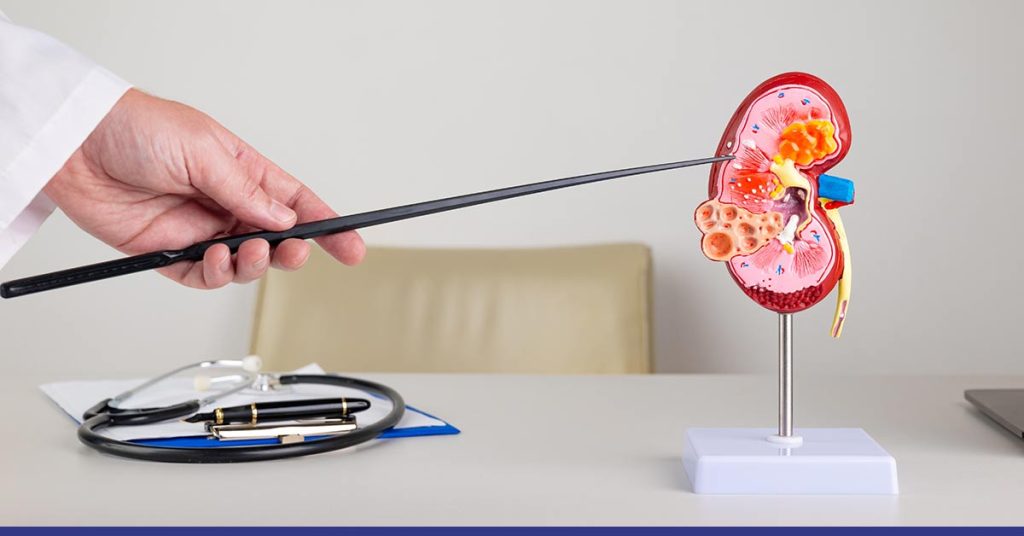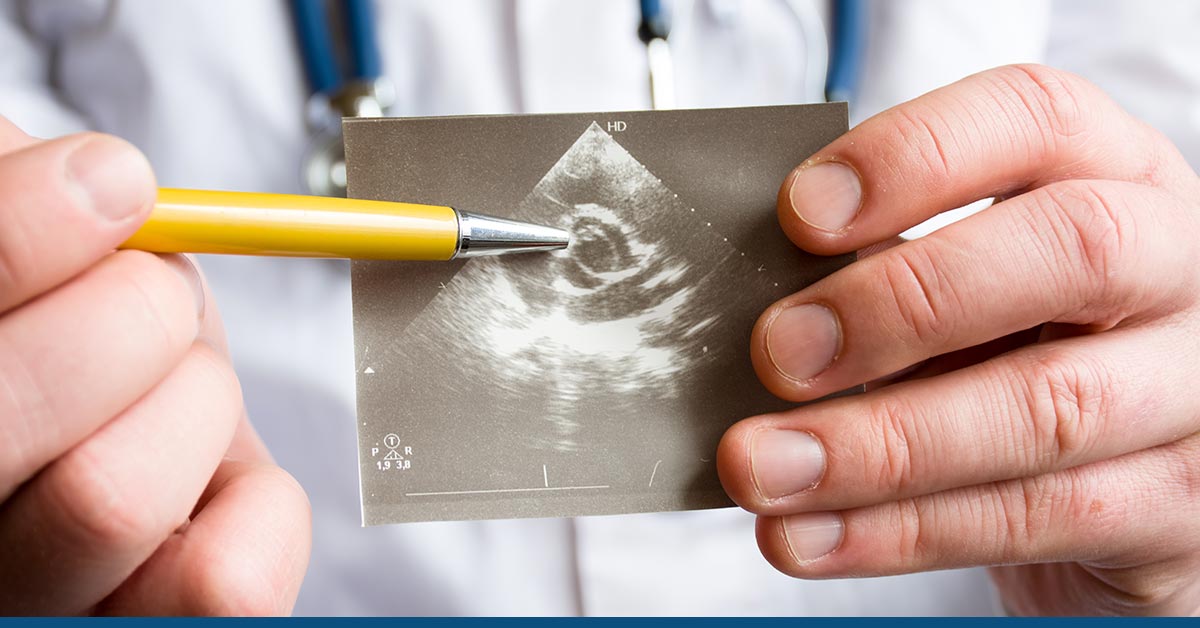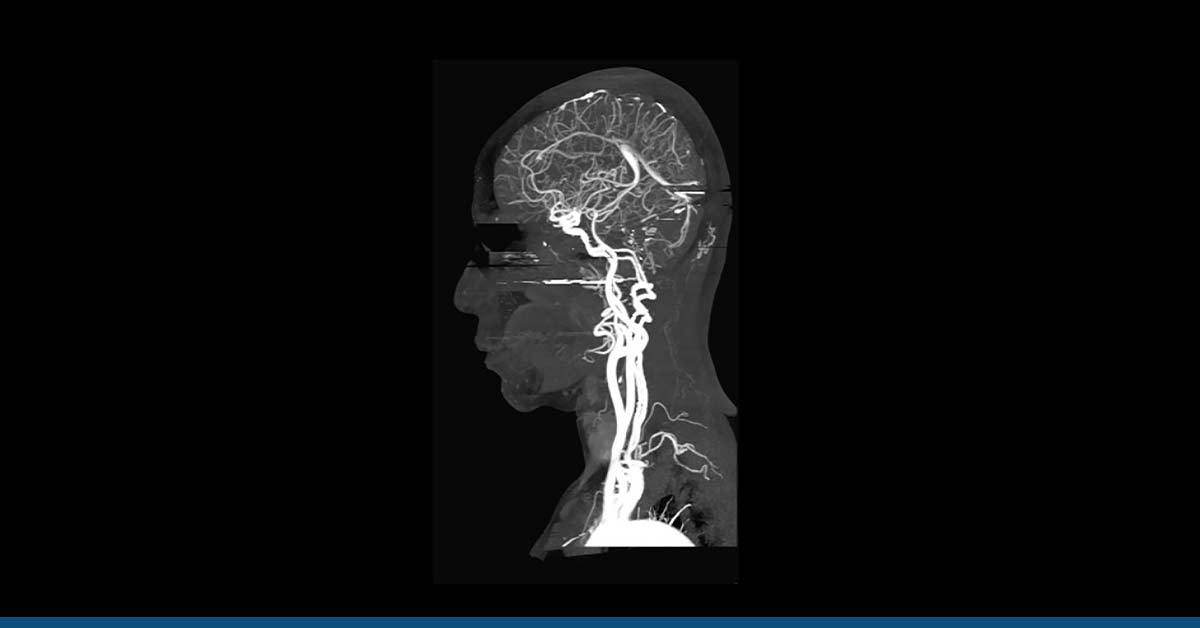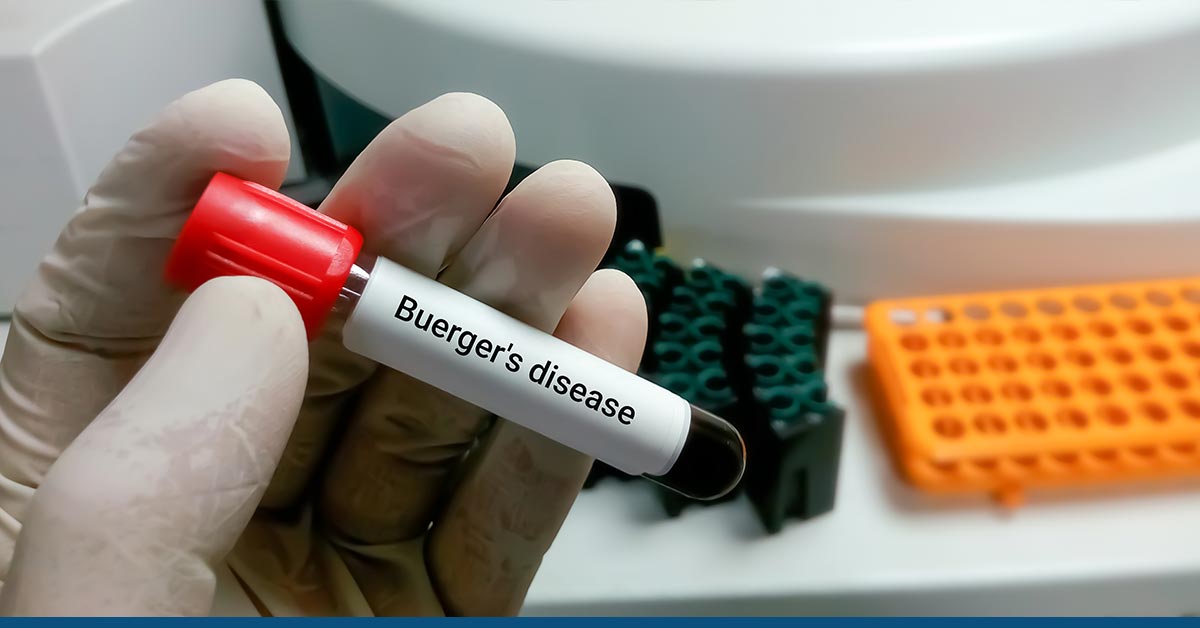Kidney scarring, often known as fibrosis, is a major cause of kidney illnesses.
Kidney scarring can be brought on by diabetes, high blood pressure, autoimmune illnesses, persistent infections, and long-term use of specific medications.
Glomerulosclerosis is the scarring in the glomeruli, i.e., microscopic blood arteries in the kidneys. As a result, it becomes damaged or rigid. As blood flows through the kidneys, it is purified by the glomeruli, which eliminate waste.
When glomeruli are damaged, they cannot perform their functions as efficiently as they should. Consequently, a significant amount of protein leaves the bloodstream and ends up in the urine rather than remaining in the bloodstream. This results in a condition known as proteinuria.
Glomerulosclerosis can affect anyone, including young children. Men are slightly more prone than women to get the illness.
The present post discusses kidney scarring in detail. Continue reading to learn more about kidney scarring causes and symptoms. The post also answers a common query, i.e., can scarred kidneys heal? So, read on to explore all about scarring of kidneys.
Table of Contents
ToggleKidney Scarring Symptoms
No signs or symptoms may be present in the early stages of kidney scarring. The most revealing indicator of this condition is the protein in the urine, i.e., proteinuria.
This is typically discovered during a routine examination. It may also cause fluid retention in the abdomen, swollen eyes, or body-wide fluid retention. Other symptoms include:
- Blood in urine
- Foamy urine
- Swollen ankles
- Fluid buildup
You must seek treatment as soon as possible if you exhibit any of the symptoms mentioned above.
What causes Scarring on Kidneys
When the kidney is injured, it responds by producing scars. Scarring can be caused by high blood pressure, infection, trauma, drug-induced injury, blood artery blockage, ureter blockage, and chemical injury.
Scarring may also result from glomerulonephritis. Sometimes, this issue is present at birth. Since the right kidney is often larger than the left, it may have sustained greater damage. On the other hand, diabetes typically enlarges the kidneys, indicating chronic renal disease.
Frequently, it is caused by an infection in the kidney’s tissue. The most common infection causing kidney scarring is the urinary tract infection. The condition is unlikely to cause pain or other symptoms.
A blood clot that prevents oxygen from reaching the portion of the kidney is a considerably less prevalent cause of kidney scarring. Clot damages the tissues, resulting in scarring.
Diagnosis & Treatment
A kidney biopsy is the only efficient way to definitively diagnose glomerulosclerosis or kidney scarring. This procedure involves removing a piece of tissue from one of the kidneys. This piece of kidney tissue is examined for the presence of scarring.
The diagnosis of glomerulosclerosis may require more than one biopsy. This is because scar tissue does not cover the entire kidney. Therefore, your doctor may need to examine samples from various renal regions before locating the issue spot.
Here are some additional potential examinations:
- Imaging techniques (renal ultrasound, CT scan, or MRI)
- Genetic testing
- Glomerular filtration rate (to measure kidney function)
When there are several scars, ultrasonography imaging might demonstrate a distinctive echogenic appearance (due to the reflection of the sound waves). However, extensive scanning techniques can be utilized when there are only a few scars.
Magnetic Resonance Imaging (MRI), which can differentiate between edema and scarring, is also used to diagnose renal scars. Other coexisting conditions like nephrolithiasis are also diagnosed with this method.
Currently, there is no treatment for glomerulosclerosis or kidney scarring. Additionally, the Food and Drug Administration has not approved any medications to treat it.
In contrast, several medications can help control symptoms and reduce the condition’s progression. Here are their details:
Hypertension Medication: ACE inhibitors and angiotensin receptor blockers are two medications used to treat hypertension. These are blood pressure medications that also prevent protein loss.
Immunosuppressants: To prevent protein loss and enhance kidney function, immunosuppressive steroid medications, as well as other therapies, may be administered.
Statins: These are cholesterol-lowering medications that are also prescribed to control symptoms.
Anticoagulants: These medications prevent blood clotting, one of the rare causes of kidney scarring.
Diuretics: Also known as water pills, they can help reduce swelling by removing excess salt from the body.
A low-sodium diet, frequent exercise, and vitamin supplementation can benefit renal health.
If glomerulosclerosis is caused by something else, such as being overweight, contracting an infection, or having a disease such as diabetes, the treatment will target the underlying cause. In addition, the treatment will entail routine blood and urine tests to monitor and examine the kidneys.
Even when treated, glomerulosclerosis can induce kidney damage that might result in renal failure. Patients, in this case, will require either a kidney transplant or dialysis.
Can Scarred Kidneys Heal
Scarred glomeruli cannot heal themselves. The purpose of the treatment is to halt the progression of the damage and prevent the patient from requiring dialysis.
Determining the optimal treatment for glomerulosclerosis involves determining the etiology (cause) of the scarring. A kidney biopsy is utilized to determine the cause of the problem.
If the issue that caused your kidneys to scar is resolved and your kidneys are not severely damaged, they may begin to heal on their own.
Depending on the stage and rate of progression, the condition is often treated by modifying the patient’s diet, prescription drugs, and maybe dialysis or kidney transplantation.
Your primary care physician will devise a nutrition plan that you should adhere to as precisely as possible. You should reduce your salt and potassium intake because this diet is difficult for the kidneys.
People with diabetes and hypertension are more likely to suffer renal damage. You can prevent damage by controlling your blood sugar or blood pressure.
Conclusion
Scarring makes it difficult for the kidneys to perform their function of blood filtration. Kidney scarring leads to protein loss through urine.
These proteins assist the blood arteries in retaining water. If they are missing, fluid will leak into the surrounding tissue, causing it to expand.
The kidneys are not as efficient as they should be at removing bodily fluids and excreting them as urine. As a result, fluid retention in the body leads to swelling in different body parts.
A kidney biopsy may be necessary to determine the issue. Medications to reduce inflammation and edema are used as a treatment regimen to control the scarring symptoms.
In extreme cases, patients with extensive scar tissue may require dialysis or a kidney transplant. If you believe you may have kidney scarring, you should visit the doctor immediately. If the kidneys cannot function properly, there is waste accumulation in the blood.
Moreover, fluid levels can also fluctuate. Both of these can cause bodily harm or even death. Frequently, kidney illness is misdiagnosed until the symptoms become severe.
Determining renal health requires regular screening. HG Analytics wellness program can assist you in examining kidney conditions. HG Analytics provides a convenient and affordable screening service for assessing the overall health status.
So, book your appointment to evaluate your kidneys and overall health comprehensively.
More On Kidney Related Issues:
- Can Kidney Stones Kill You? Symptoms, Types & Treatment
- Stage 2 Chronic Kidney Disease
- How Long Can You Live With One Kidney?
- Bruised Kidney – Symptoms, Diagnosis, and Treatment
- Chronic Kidney Disease And Its Stages





